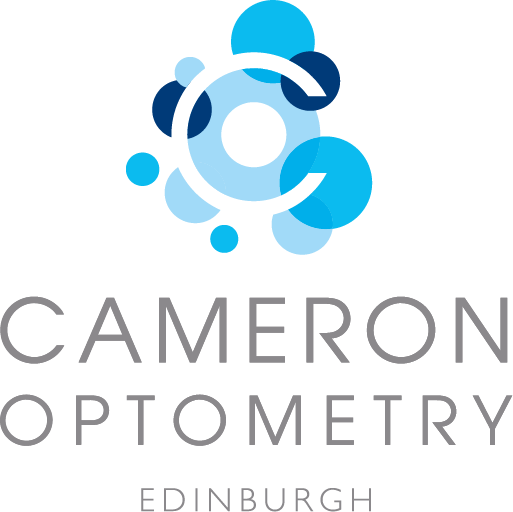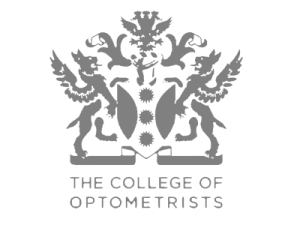Ocular surface disease (dry eye disease)
Our tears, and the film they form over our eyes, serve a very important function in keeping our eyes comfortable, healthy and able to see well. It’s only when we don’t have enough tears or they are of poor quality that the surface of our eye becomes exposed and become uncomfortable.
Tear film problems are often referred to as ‘dry eye disease’. This is sometimes a confusing name as ‘dry’ eyes can often be quite watery, so a more appropriate name is ocular surface disease.
Ocular surface disease occurs when we either have too few tears or, more commonly, when we have enough tears but they are of poor quality.
Ocular surface disease is often linked to blepharitis, an inflammation of the eyelids and the glands that produce the lipid layer of the tear film.
How would I know if I had ocular surface (dry eye) disease?
This can feel different for everyone but the common symptoms are:
- dry, tired feeling eyes
- stinging, burning or gritty sensation
- red eyes
- blurry vision that can be variable through the day and when we blink
- not producing enough tears or having excessively watery eyes.
What are the causes of ocular surface (dry eye) disease?
There are many causes which include:
- advancing age
- hormone changes
- laser eye surgery
- medications including antihistamines and beta blockers
- smoking
- contact lens wear
- spending time in a dry environment
- allergies
- blepharitis of which there are a variety of types including demodex blepharitis
- general health conditions such as thyroid eye disease, arthritis and Sjӧgren’s syndrome.
How is ocular surface disease managed?
The route to managing dry eyes properly is to have consultation that diagnoses the type of dry eye you have. Understanding this allows us to develop a tailored management plan for you. This diagnosis requires expertise and specialist equipment that GPs and pharmacists don’t have and can only be done properly at an optometrist or hospital eye service.
Find out more about how we manage the condition at our Tear Clinic.













